Home>Furniture & Design>Bathroom Accessories>Why Is The Bottom Of My Shower Curtain Orange
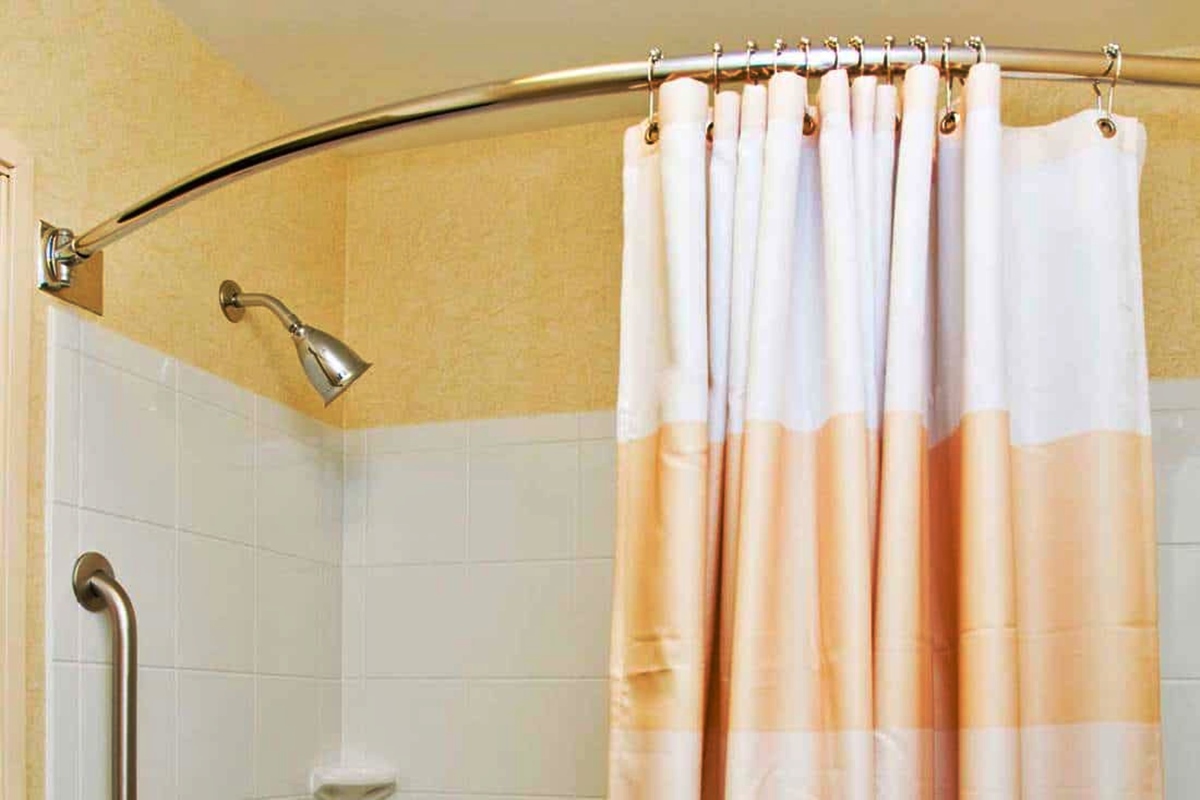

Bathroom Accessories
Why Is The Bottom Of My Shower Curtain Orange
Modified: February 23, 2024
Discover why the bottom of your shower curtain turns orange and how to prevent it with the right bathroom accessories. Keep your bathroom clean and fresh!
(Many of the links in this article redirect to a specific reviewed product. Your purchase of these products through affiliate links helps to generate commission for Storables.com, at no extra cost. Learn more)
Introduction
The sight of an orange-stained shower curtain can be quite perplexing and off-putting. It's a common issue that many homeowners encounter, and it often leads to questions like, "Why is the bottom of my shower curtain orange?" Understanding the causes of these unsightly stains and learning effective prevention and cleaning methods can help you maintain a fresh and inviting bathroom environment.
The presence of orange stains on a shower curtain is typically attributed to mold, mildew, or rust. These stains not only detract from the aesthetic appeal of the bathroom but also indicate potential hygiene concerns. Addressing this issue is essential not only for maintaining a clean and pleasant bathroom but also for ensuring the longevity of your shower curtain and other bathroom accessories.
In this comprehensive guide, we will delve into the various causes of orange stains on shower curtains, provide practical tips for prevention and maintenance, and offer effective cleaning methods to restore your shower curtain to its pristine condition. By the end of this article, you will have a clear understanding of why these stains occur and the knowledge to tackle them effectively, ensuring that your bathroom remains a welcoming and hygienic space for you and your family.
Key Takeaways:
- Say goodbye to orange stains on your shower curtain! Prevent them by keeping your bathroom well-ventilated, using a shower liner, and choosing mildew-resistant materials. Regular cleaning and proper drying are key!
- Remove orange stains with natural remedies like vinegar and baking soda, or lemon juice and salt. If those don’t work, try a commercial cleaner. Keep your shower curtain looking fresh and clean!
Read more: Why Is My Shower Curtain Turning Yellow
Causes of Orange Stains on Shower Curtains
The appearance of orange stains on shower curtains can be attributed to several common culprits, each of which presents its own set of challenges. Understanding these causes is crucial for effectively addressing the issue and preventing its recurrence. Let's explore the primary reasons behind the development of these unsightly stains:
-
Mold and Mildew: The warm and moist environment of the bathroom provides an ideal breeding ground for mold and mildew. When left unchecked, these fungal growths can manifest as orange stains on the bottom of the shower curtain. The accumulation of soap scum and organic matter further exacerbates this issue, creating an environment conducive to mold and mildew growth.
-
Iron and Rust Deposits: If your water supply contains high levels of iron, it can lead to the formation of rust deposits. When water comes into contact with metal surfaces, such as the shower curtain rings or the rod, it can cause rust to leach onto the curtain, resulting in orange discoloration.
-
Hard Water Stains: In areas with hard water, mineral deposits such as iron, manganese, and calcium can build up on the shower curtain, leading to the formation of orange stains. These deposits are often difficult to remove and can gradually worsen if not addressed promptly.
-
Dye Transfer: Some bath products, such as certain shampoos, conditioners, and body washes, contain dyes that can leach onto the shower curtain material. Over time, this can result in the appearance of orange stains, particularly on lighter-colored curtains.
-
Inadequate Ventilation: Poor ventilation in the bathroom can contribute to increased moisture levels, promoting the growth of mold, mildew, and the accumulation of mineral deposits. Without proper airflow, these issues can persist and lead to the development of orange stains on the shower curtain.
Understanding these underlying causes is essential for implementing targeted prevention and cleaning strategies. By addressing the specific factors contributing to the orange stains, you can effectively maintain the cleanliness and visual appeal of your shower curtain, ensuring a fresh and inviting bathroom environment for you and your family.
Prevention and Maintenance Tips
Preventing and addressing the occurrence of orange stains on your shower curtain requires a proactive approach that encompasses regular maintenance and strategic preventive measures. By implementing the following tips, you can effectively safeguard your shower curtain from unsightly discoloration and maintain a hygienic bathroom environment:
-
Proper Ventilation: Ensure adequate ventilation in your bathroom to minimize moisture accumulation. Use exhaust fans or open windows during and after showering to facilitate air circulation, reducing the likelihood of mold and mildew growth.
-
Use a Shower Liner: Consider using a high-quality shower liner in addition to your main shower curtain. A liner provides an extra layer of protection, serving as a barrier against moisture and minimizing direct contact with the curtain, thus reducing the risk of staining.
-
Regular Cleaning: Incorporate regular cleaning of your shower curtain into your household maintenance routine. Follow the care instructions provided by the manufacturer and clean the curtain at recommended intervals to prevent the buildup of mold, mildew, and mineral deposits.
-
Choose Mildew-Resistant Materials: When selecting a new shower curtain, opt for materials that are specifically designed to resist mold and mildew. Look for curtains labeled as "mildew-resistant" or "anti-microbial" to proactively mitigate the risk of staining.
-
Wash and Dry Properly: If your shower curtain is machine washable, launder it according to the manufacturer's instructions. Use a gentle cycle and mild detergent to remove any accumulated grime and prevent the development of stains. Ensure thorough drying to prevent moisture retention.
-
Address Water Quality: If your water supply is prone to high iron content or hardness, consider installing a water softener or using a filtration system to minimize the presence of minerals that contribute to staining.
-
Inspect and Maintain Fixtures: Regularly inspect and maintain your shower curtain rings, rod, and other fixtures to prevent rust and corrosion. Replace any rusty or deteriorating components to minimize the risk of rust stains on the curtain.
By integrating these preventive measures and maintenance practices into your bathroom care routine, you can effectively mitigate the risk of orange stains on your shower curtain. Proactive maintenance not only preserves the visual appeal of your bathroom accessories but also contributes to a clean and inviting bathing space for you and your household.
Cleaning and Removing Orange Stains
When faced with the unsightly presence of orange stains on your shower curtain, prompt and effective cleaning is essential to restore its pristine appearance. By employing the right techniques and cleaning agents, you can successfully eliminate the stains and rejuvenate your curtain. Here's a detailed guide on cleaning and removing orange stains from your shower curtain:
Vinegar and Baking Soda Method
- Create a paste by mixing baking soda with water to form a thick consistency.
- Apply the paste directly to the orange stains on the curtain, ensuring thorough coverage.
- Allow the paste to sit for 15-20 minutes to penetrate and loosen the stains.
- In a spray bottle, mix equal parts of white vinegar and water.
- Liberally spray the vinegar solution onto the affected areas of the curtain, ensuring complete saturation.
- The chemical reaction between the vinegar and baking soda will help lift the stains.
- After allowing the solution to work for another 15-20 minutes, gently scrub the stained areas with a soft-bristled brush or sponge.
- Rinse the curtain thoroughly with warm water to remove the cleaning solution and loosened stains.
- Hang the curtain to air dry in a well-ventilated area, ensuring complete drying to prevent moisture-related issues.
Read more: Why Does My Shower Curtain Smell
Lemon Juice and Salt Method
- Squeeze fresh lemon juice onto the orange stains, ensuring full coverage.
- Sprinkle a generous amount of table salt over the lemon juice-coated areas.
- Allow the lemon juice and salt to sit on the stains for approximately 30 minutes, enabling the acidic properties of the lemon and the abrasive nature of the salt to work on the discoloration.
- Using a damp cloth or sponge, gently scrub the treated areas to lift the stains and residual grime.
- Rinse the curtain thoroughly with warm water to remove the lemon juice and salt mixture, ensuring that all traces of the stains are effectively eliminated.
- After rinsing, allow the curtain to air dry completely before rehanging it in the bathroom.
Commercial Cleaners
If the orange stains persist despite using homemade remedies, consider using a commercial cleaner specifically formulated for mold, mildew, and rust removal. Follow the manufacturer's instructions for application and ensure proper ventilation during the cleaning process. After treating the curtain with the commercial cleaner, thoroughly rinse and dry it to remove any residual cleaning agents and prevent potential damage to the material.
By employing these effective cleaning methods, you can successfully eliminate orange stains from your shower curtain and restore its visual appeal. Regular maintenance and proactive cleaning will help prevent the recurrence of stains, ensuring a fresh and inviting bathroom environment for you and your family.
To prevent the bottom of your shower curtain from turning orange, regularly clean it with a mixture of vinegar and water or use a shower curtain liner to protect it from water and soap scum buildup.
Conclusion
In conclusion, the presence of orange stains on shower curtains is a common issue that can stem from various factors, including mold, mildew, iron deposits, hard water stains, dye transfer, and inadequate ventilation. Understanding the underlying causes of these stains is crucial for implementing targeted preventive measures and effective cleaning strategies.
By prioritizing proper ventilation, regular cleaning, and the use of shower liners, homeowners can proactively safeguard their shower curtains from unsightly discoloration. Additionally, selecting mildew-resistant materials and addressing water quality concerns can significantly reduce the risk of orange stains, contributing to a cleaner and more visually appealing bathroom environment.
When faced with the task of cleaning and removing orange stains from shower curtains, employing natural remedies such as vinegar and baking soda or lemon juice and salt can yield impressive results. These methods offer an eco-friendly and cost-effective approach to eliminating stains while rejuvenating the curtain's appearance. In cases where homemade remedies may not suffice, commercial cleaners tailored for mold, mildew, and rust removal provide an alternative solution for restoring the curtain to its pristine condition.
Ultimately, maintaining a clean and inviting bathroom space involves a proactive approach to preventing and addressing orange stains on shower curtains. By integrating proper maintenance practices, strategic preventive measures, and effective cleaning techniques, homeowners can ensure that their bathroom remains a hygienic and visually appealing sanctuary for relaxation and rejuvenation.
With a comprehensive understanding of the causes of orange stains, coupled with practical prevention and cleaning tips, homeowners can confidently tackle this common issue, preserving the longevity and aesthetic appeal of their shower curtains. By prioritizing the care and maintenance of bathroom accessories, individuals can create a welcoming and hygienic environment that enhances the overall comfort and enjoyment of their home.
In essence, addressing the question, "Why is the bottom of my shower curtain orange?" involves a multifaceted approach that encompasses proactive prevention, regular maintenance, and targeted cleaning methods. By embracing these strategies, homeowners can effectively combat orange stains, ensuring that their bathroom remains a pristine and inviting space for daily use and relaxation.
Frequently Asked Questions about Why Is The Bottom Of My Shower Curtain Orange
Was this page helpful?
At Storables.com, we guarantee accurate and reliable information. Our content, validated by Expert Board Contributors, is crafted following stringent Editorial Policies. We're committed to providing you with well-researched, expert-backed insights for all your informational needs.
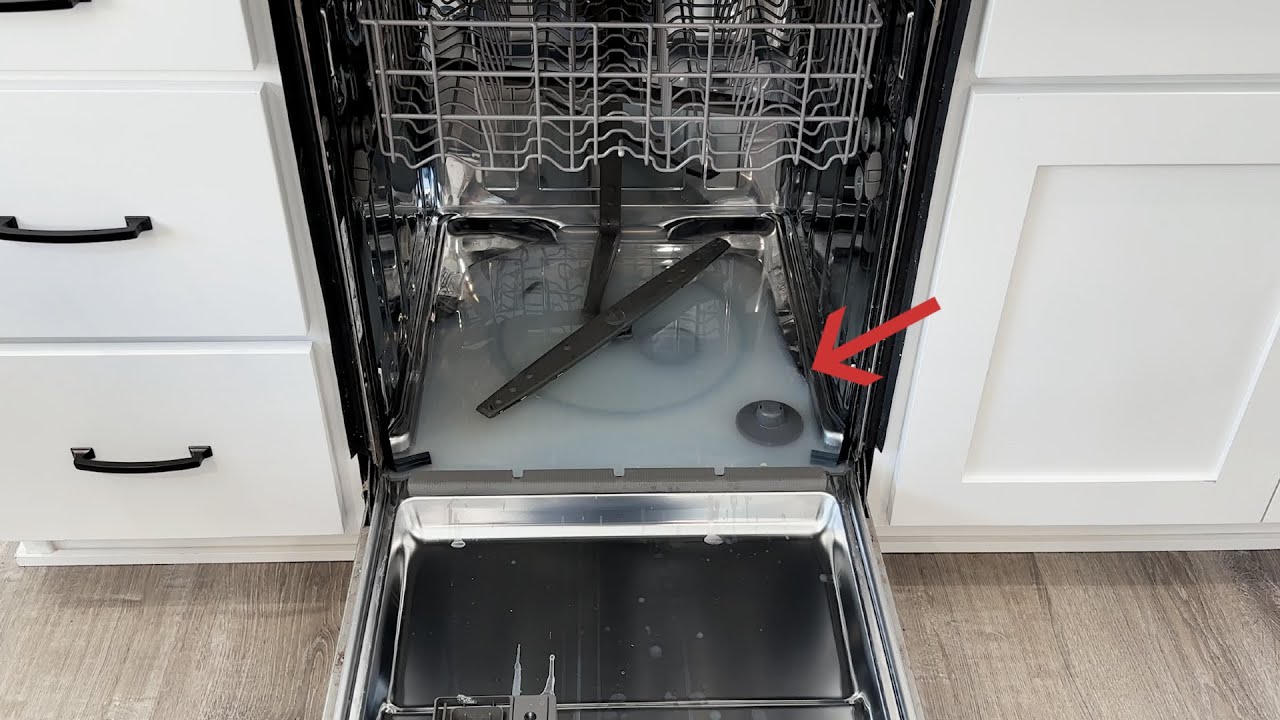
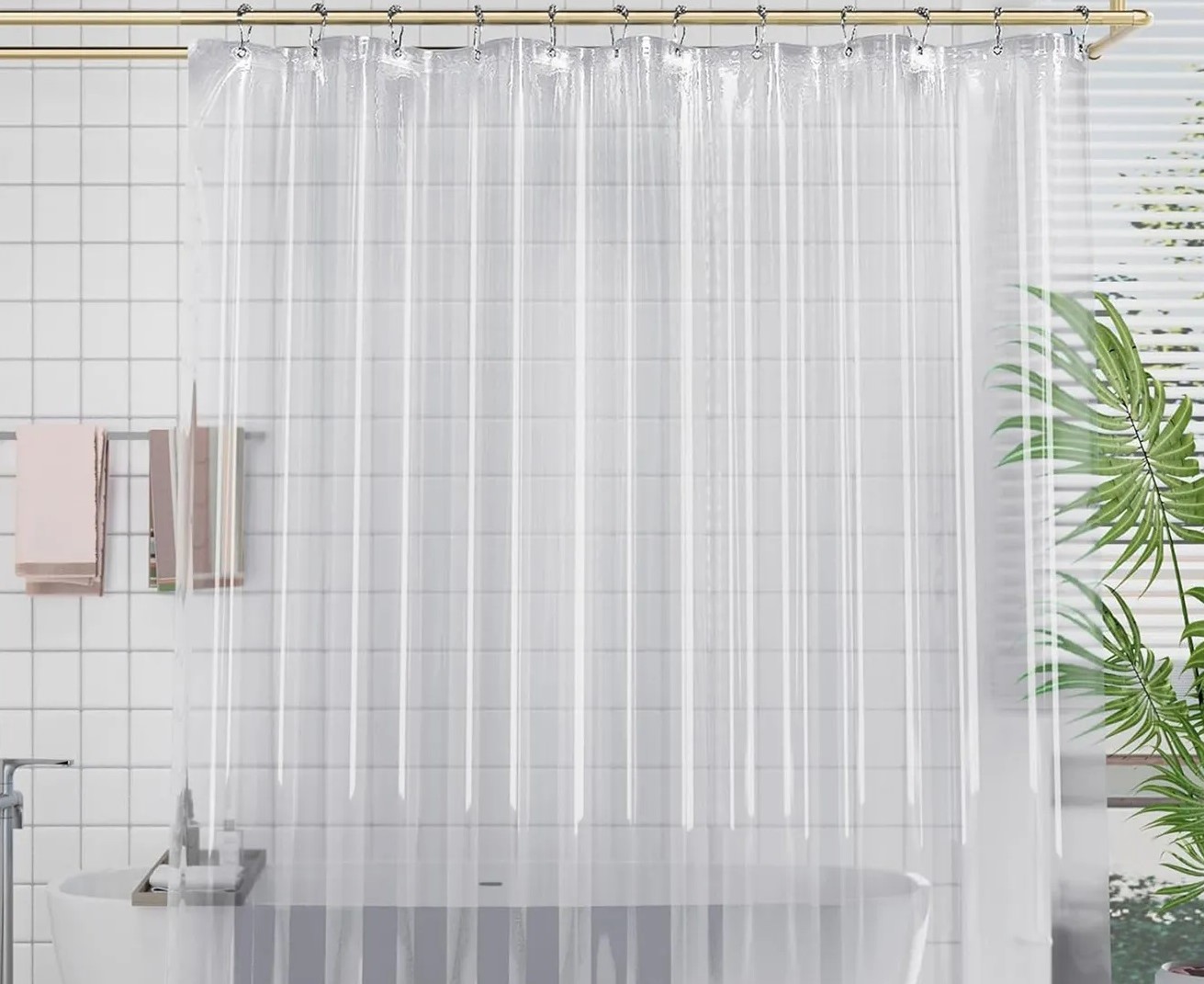

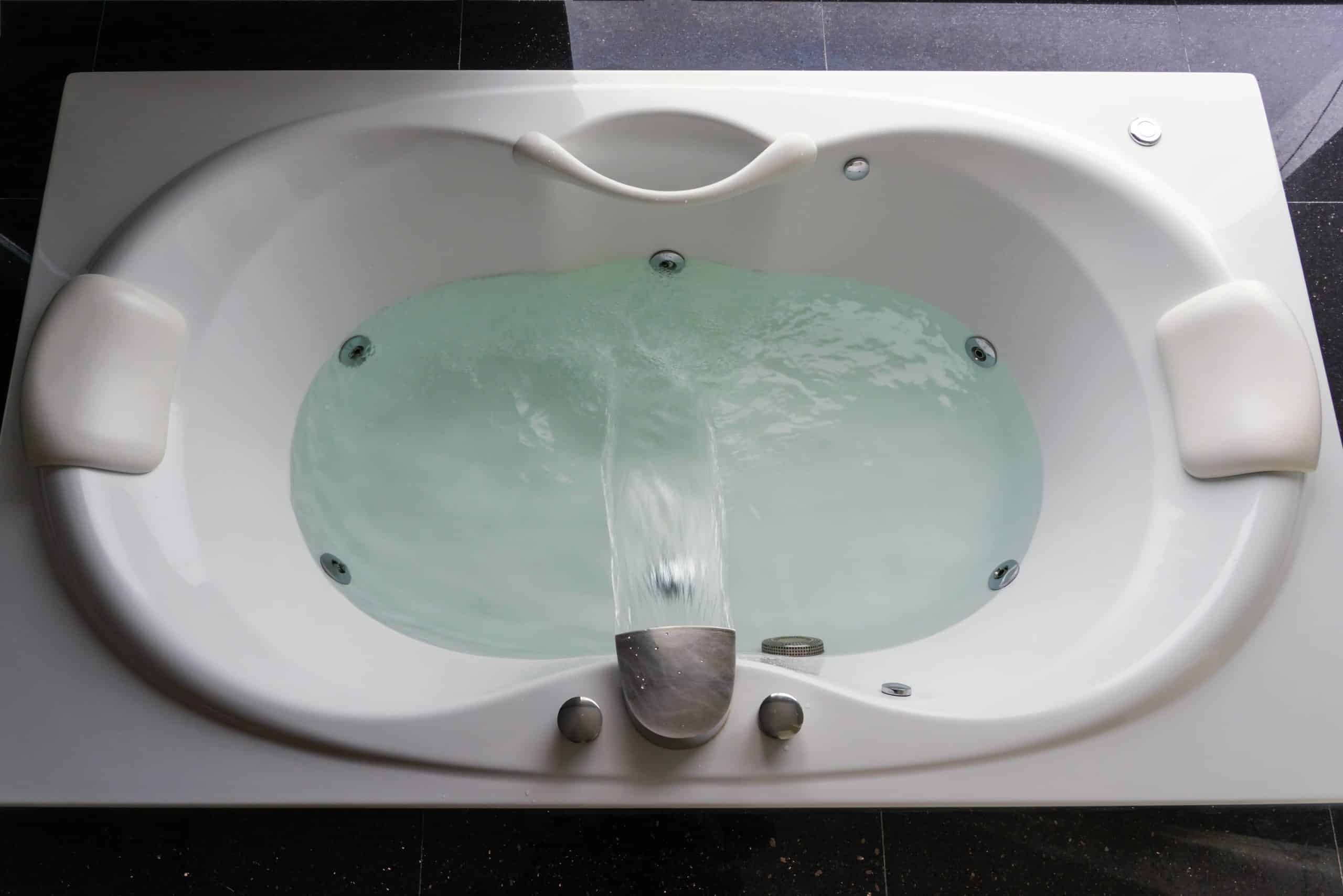
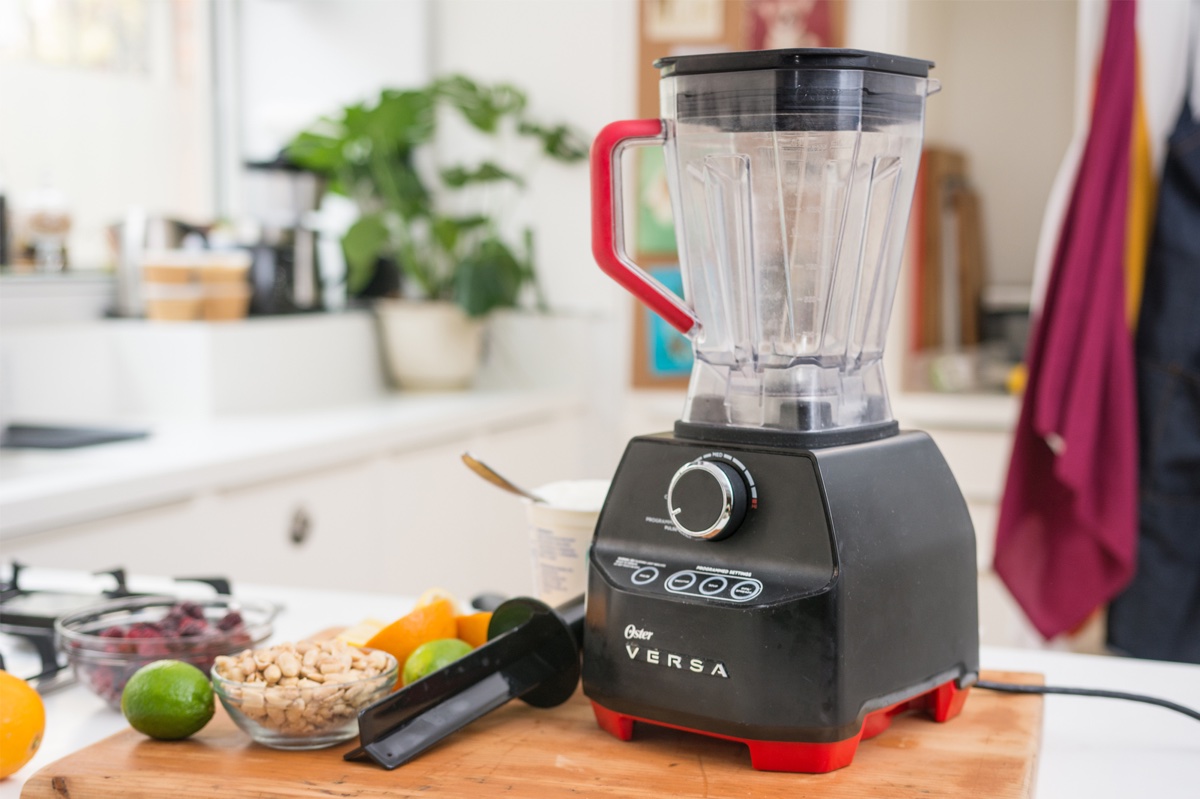

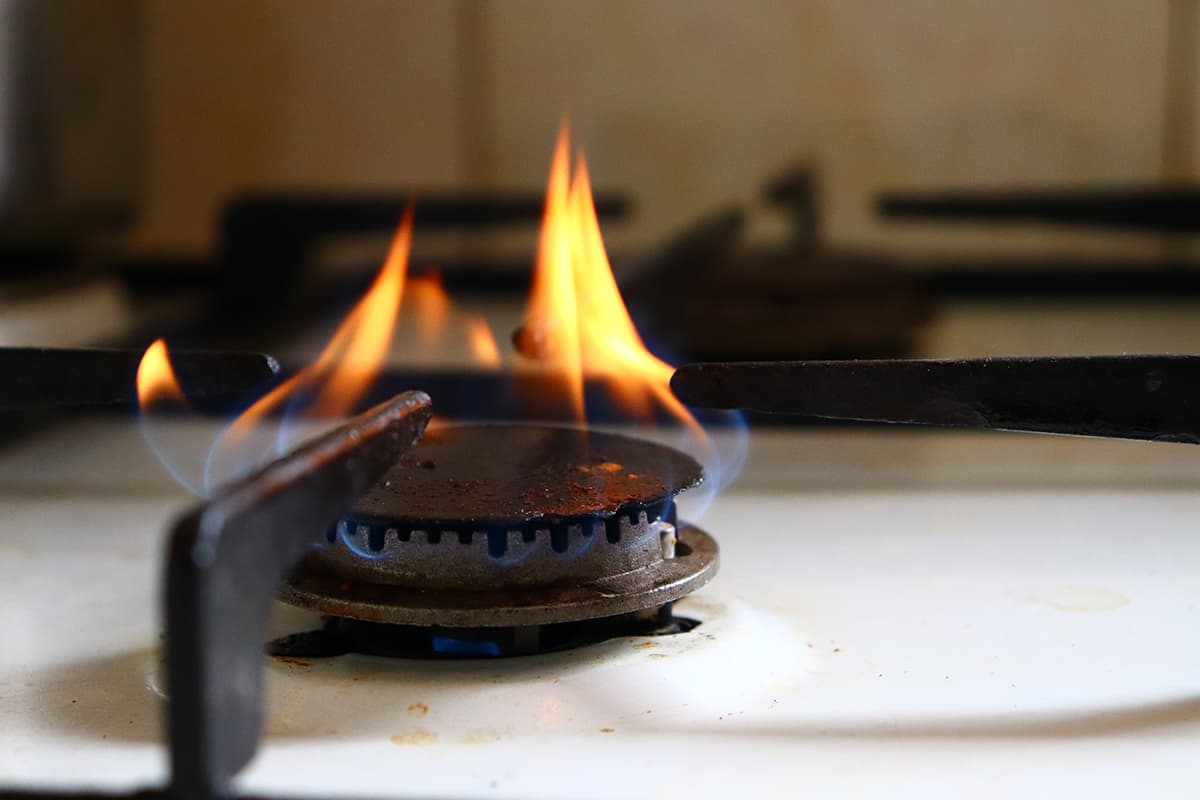
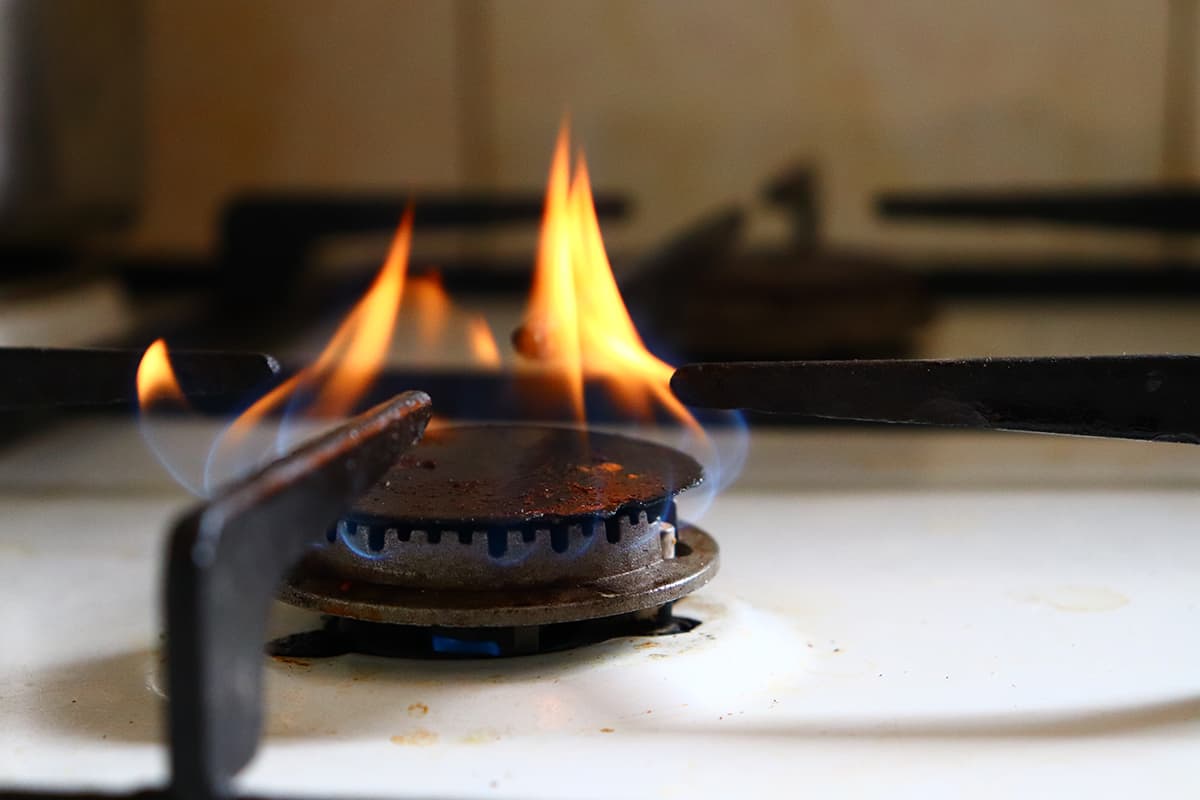
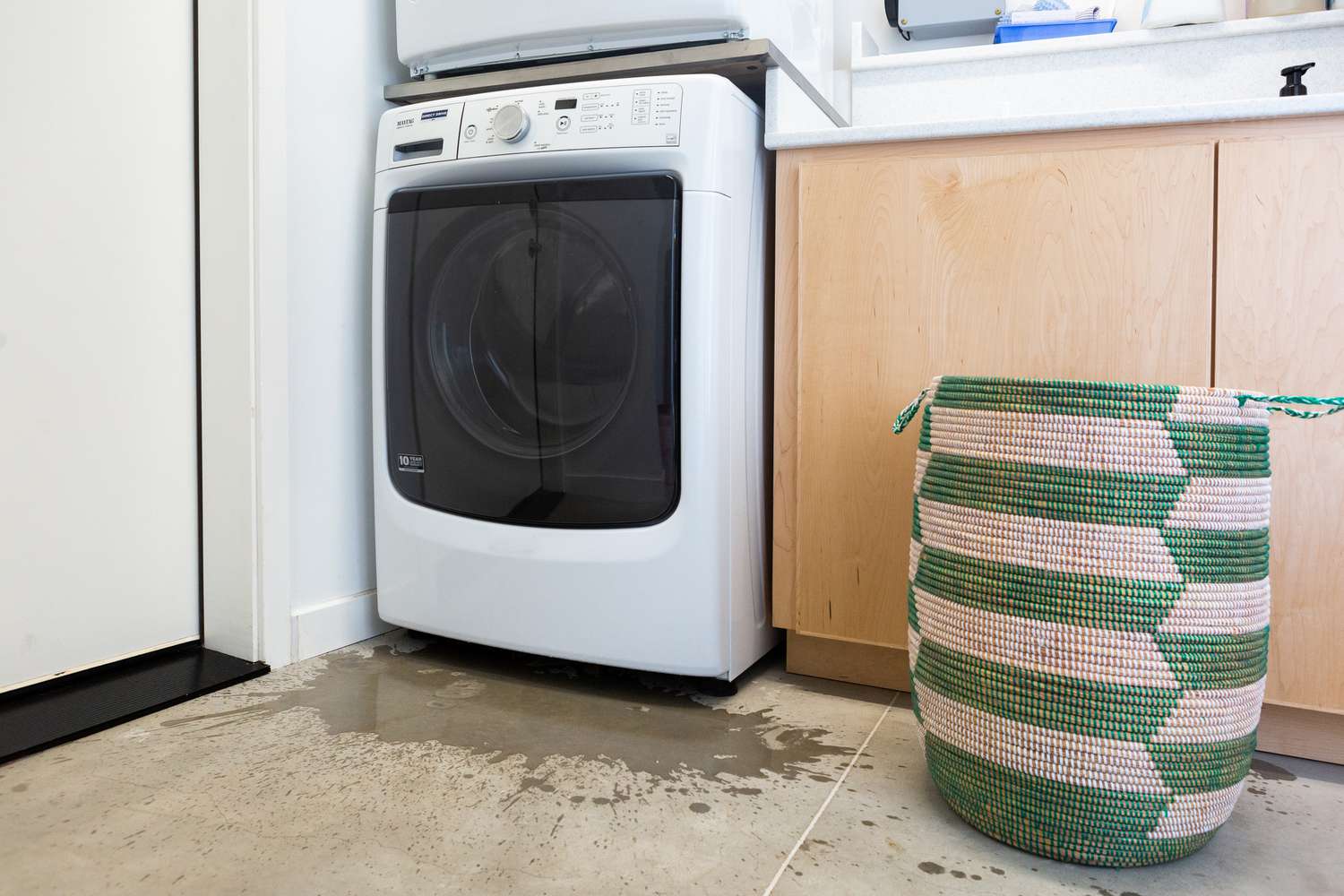

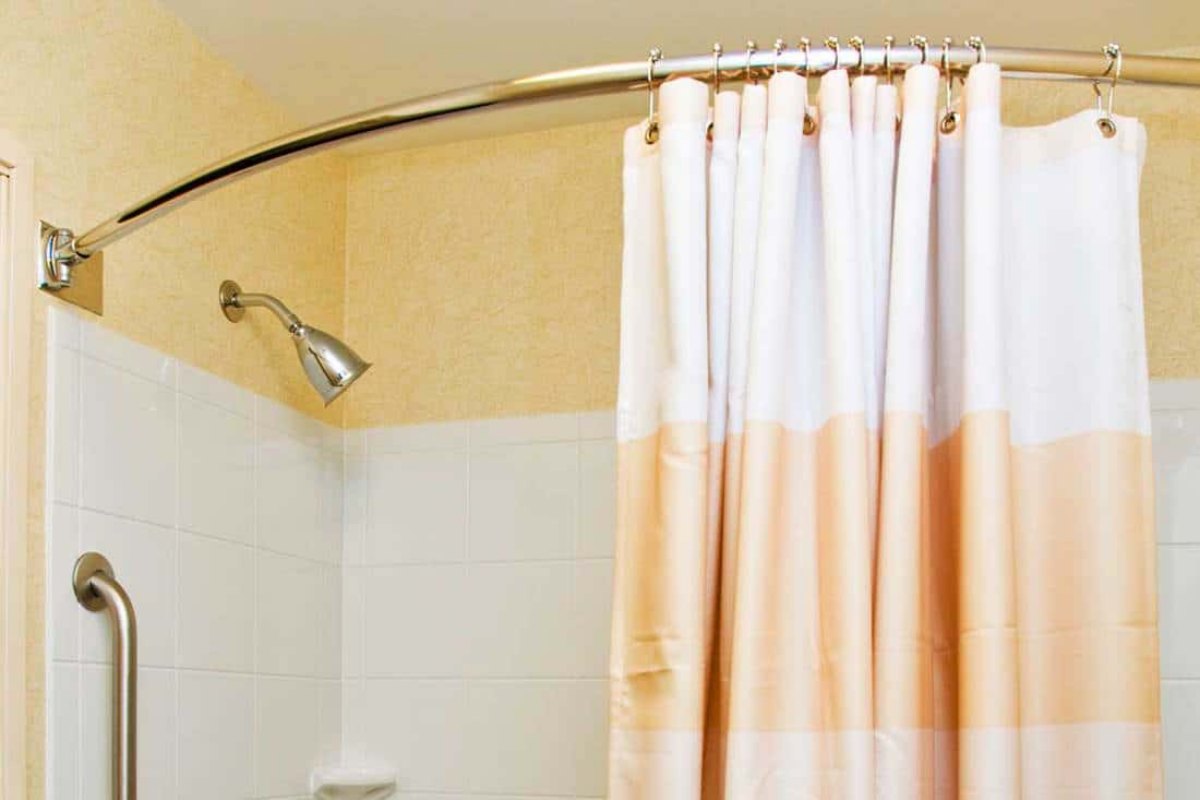




0 thoughts on “Why Is The Bottom Of My Shower Curtain Orange”